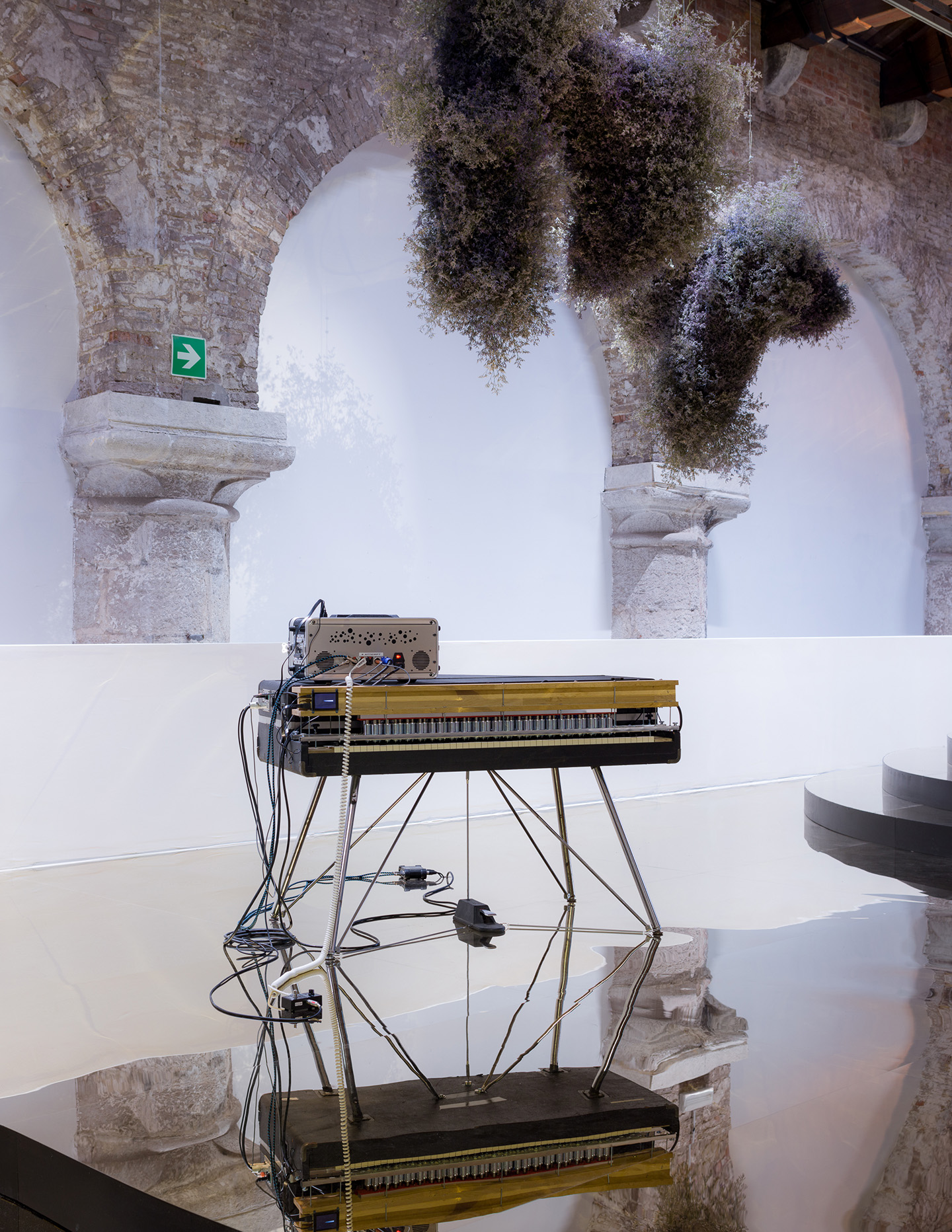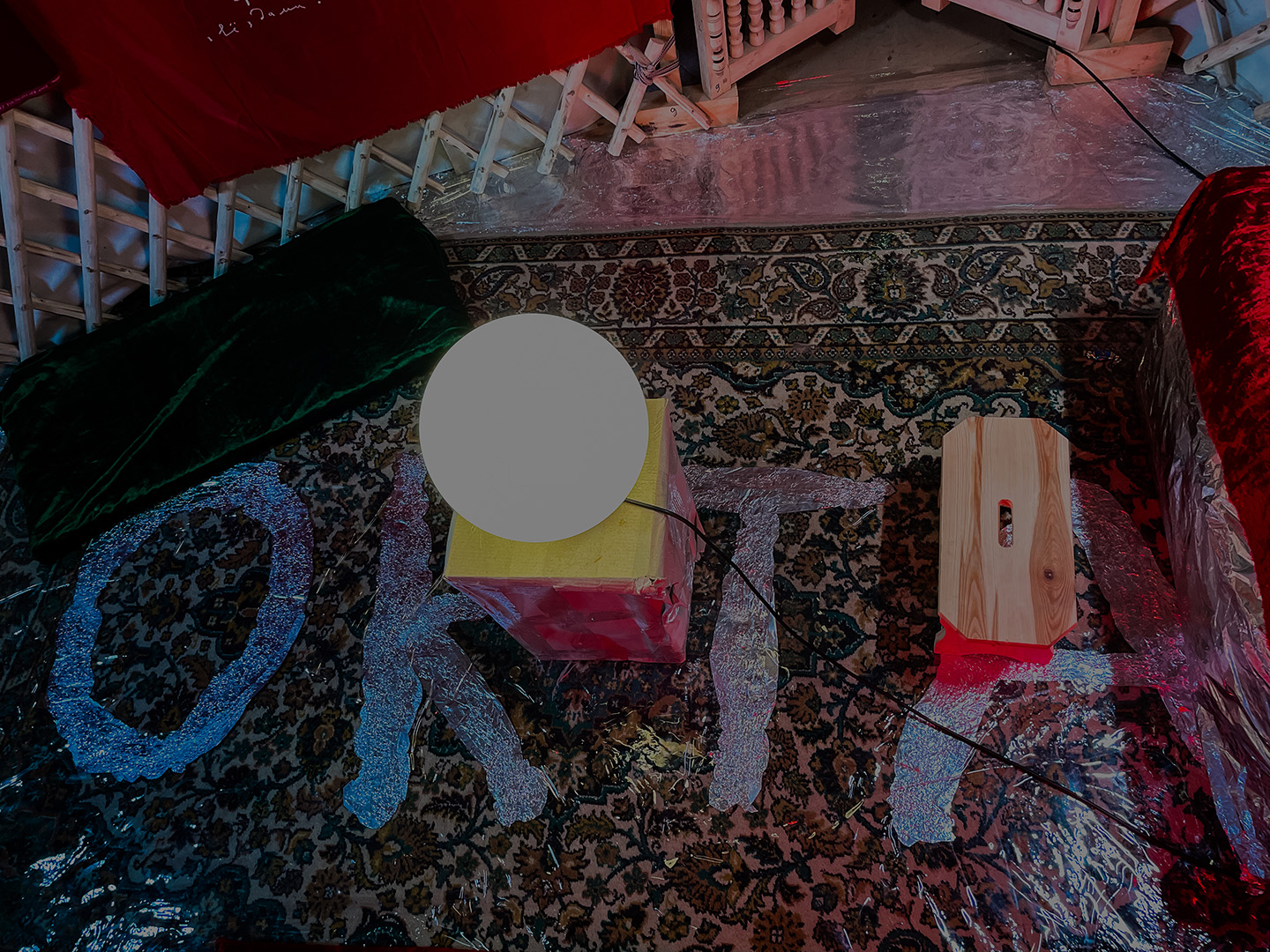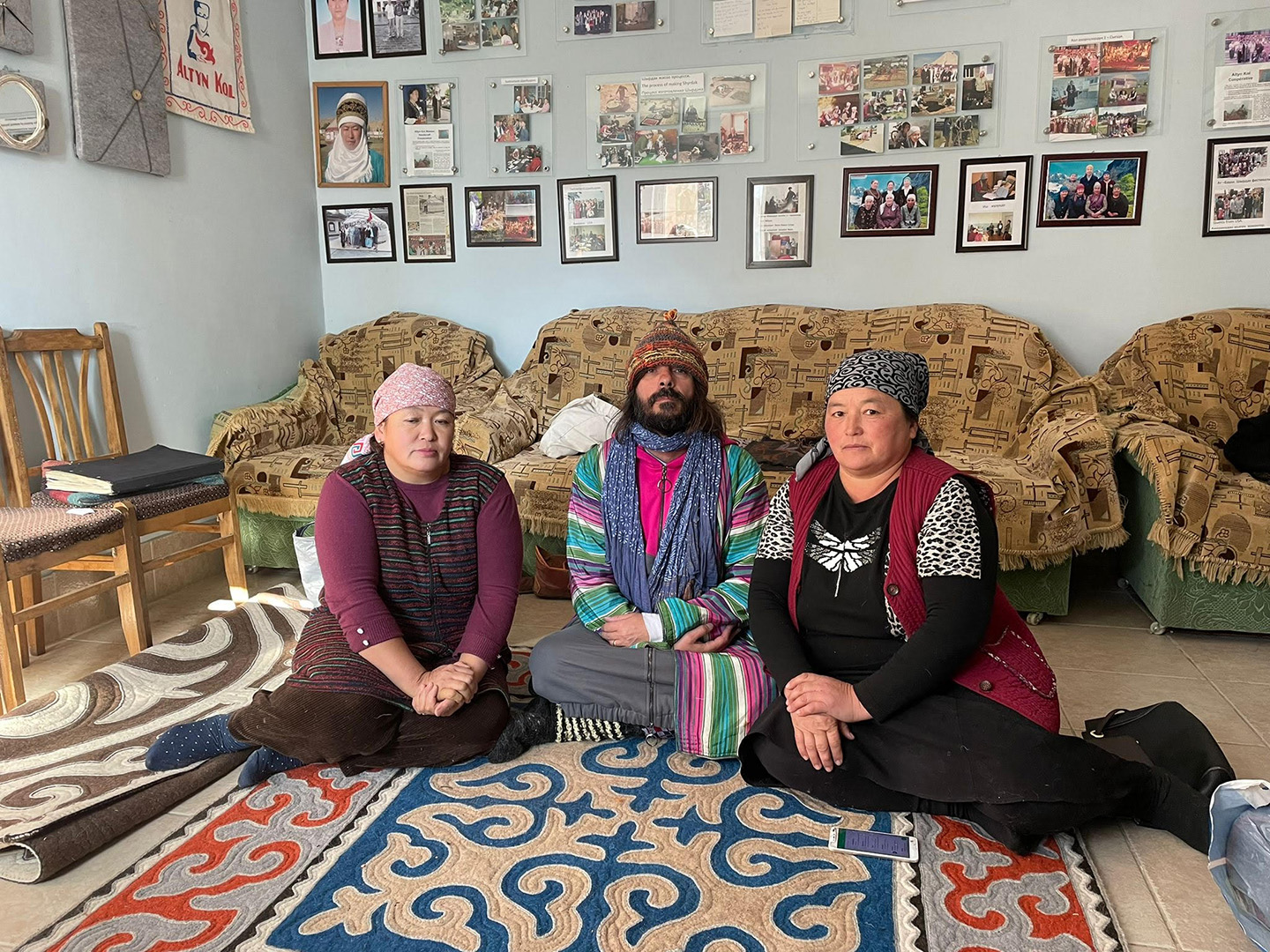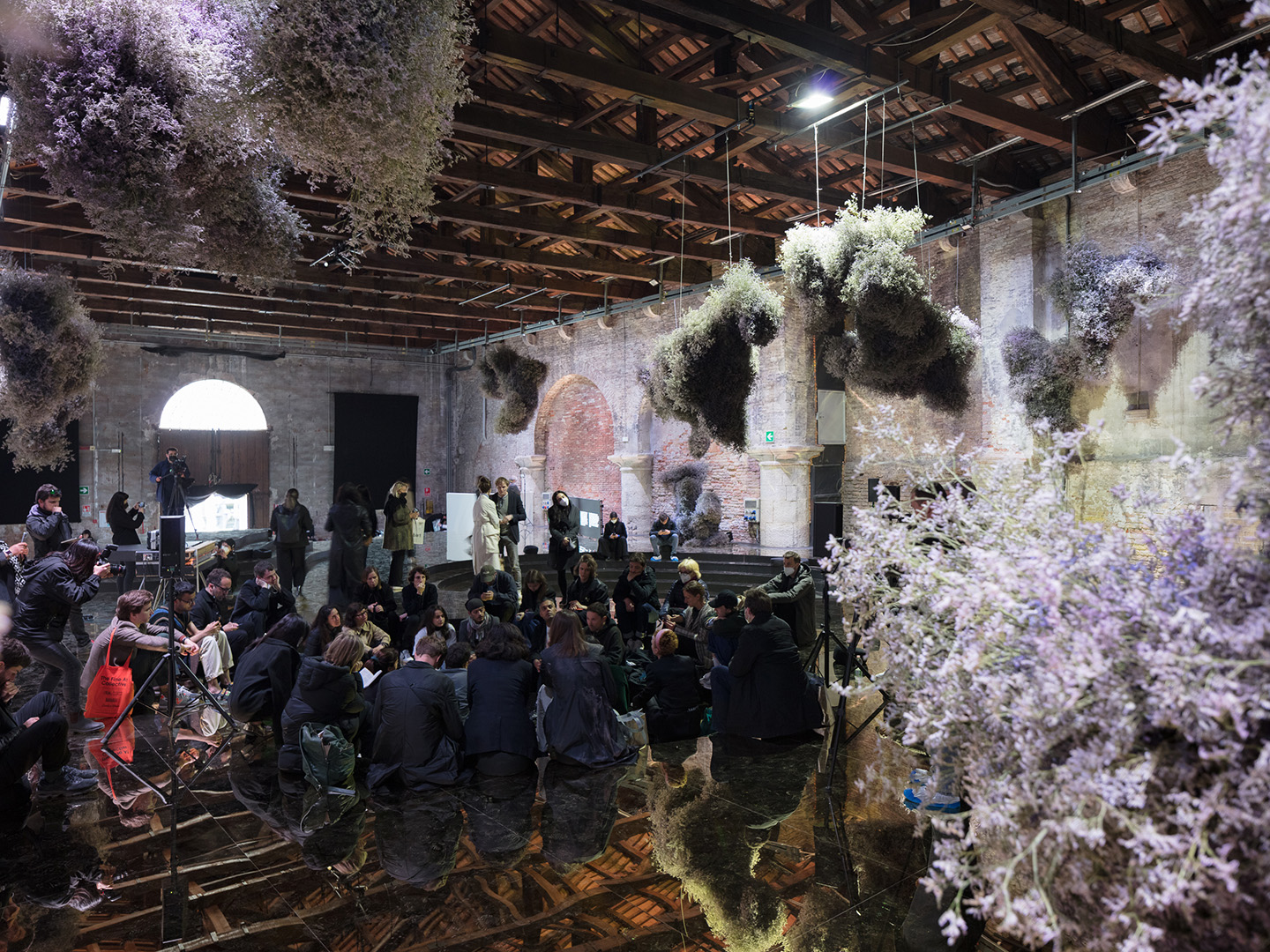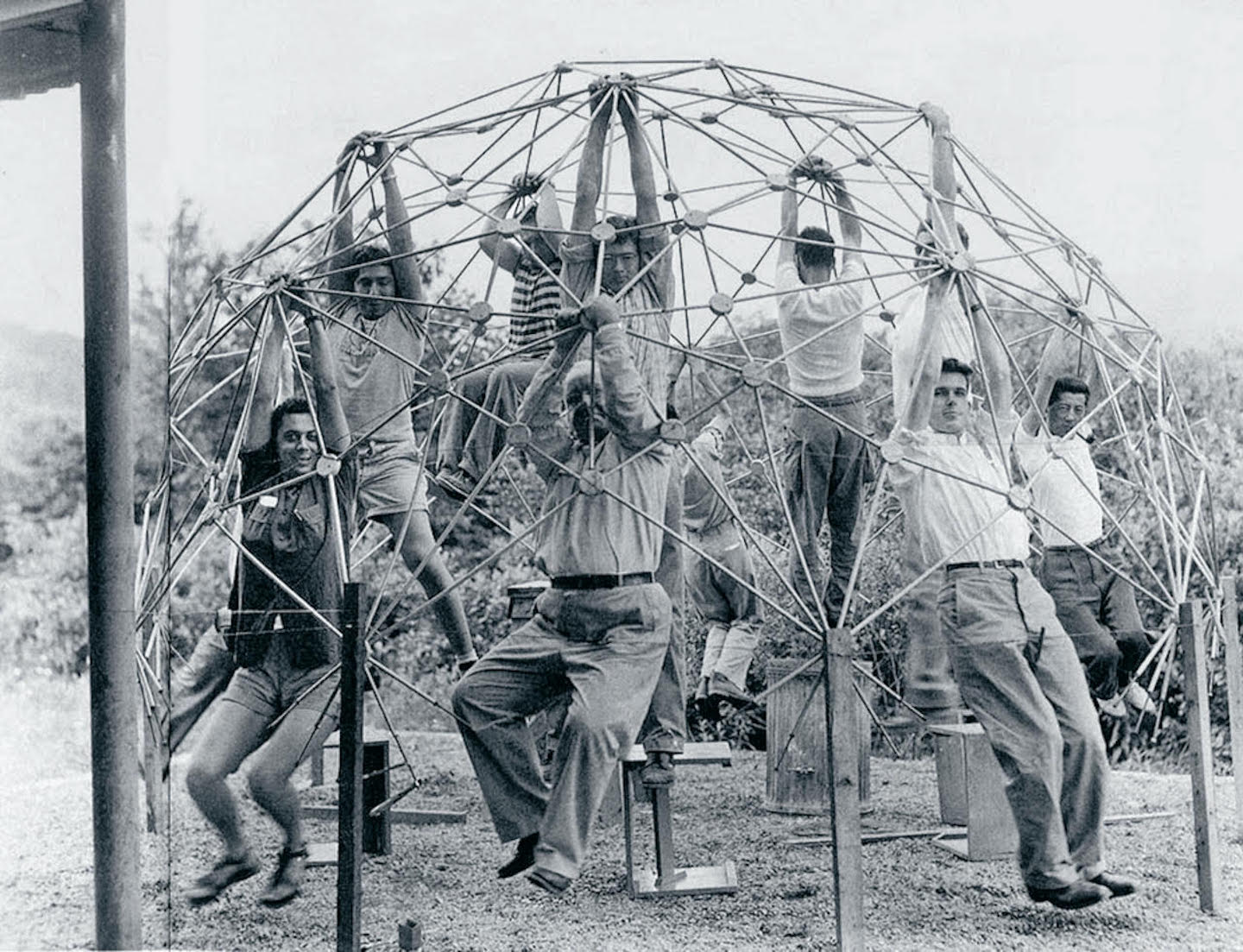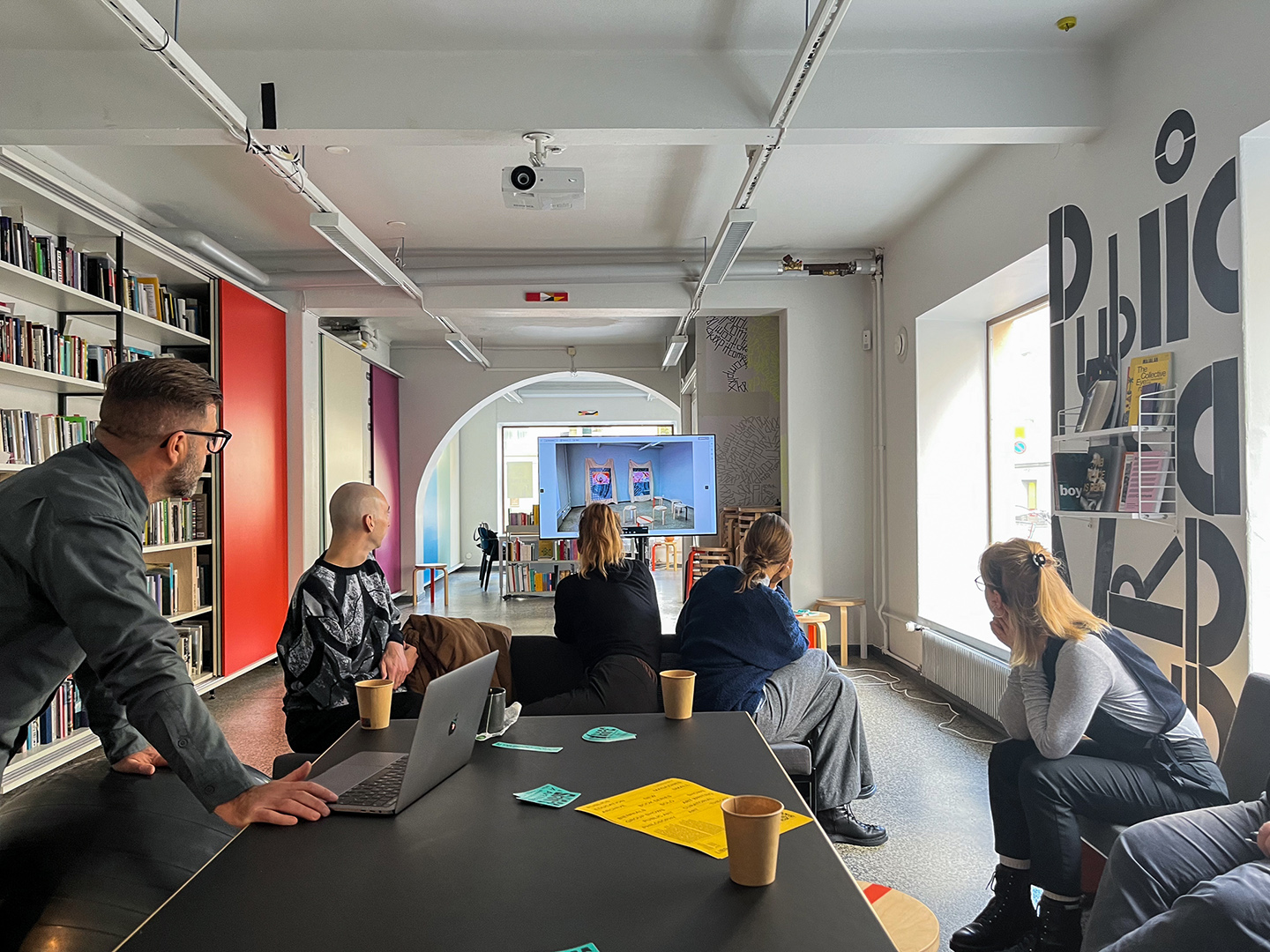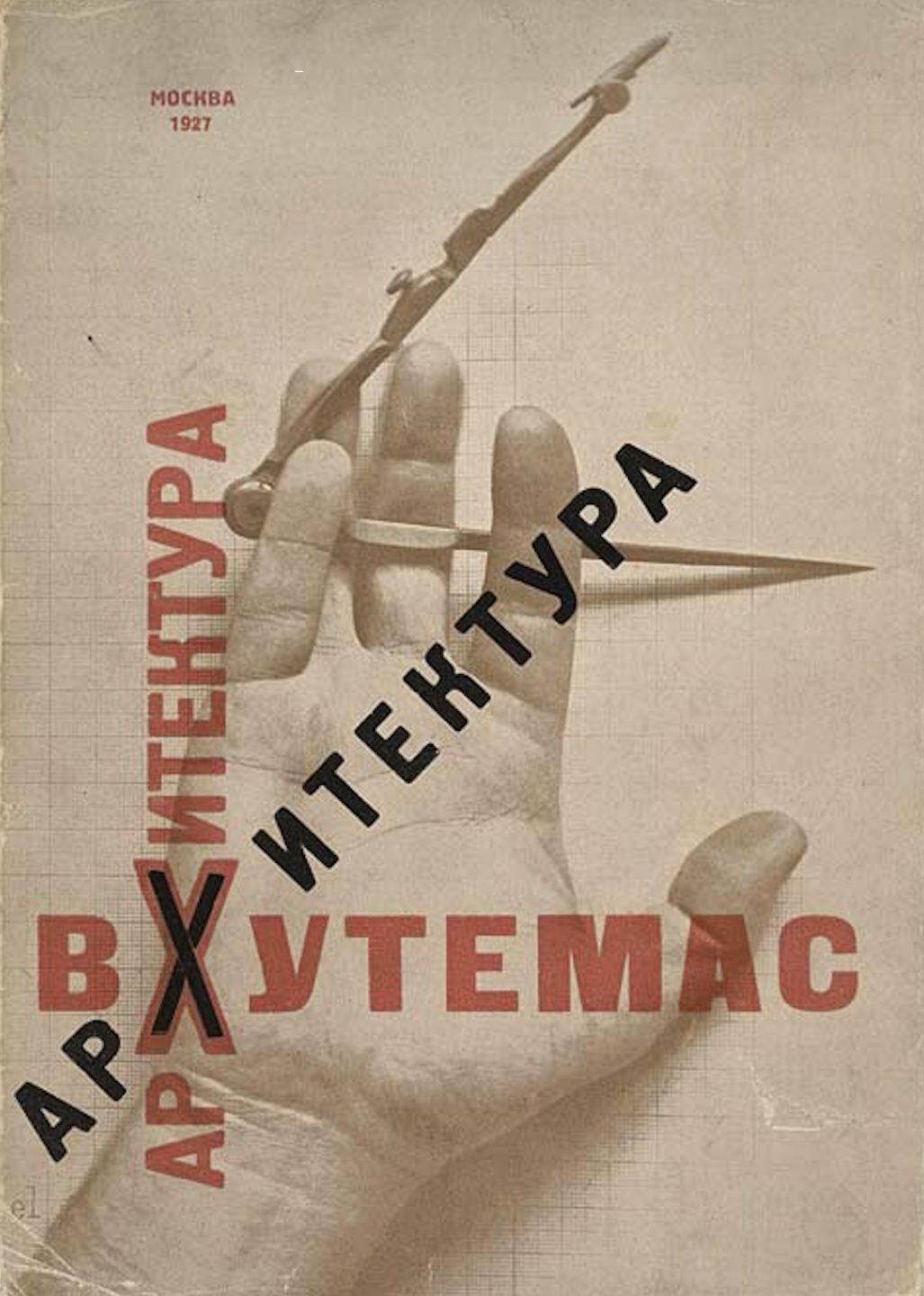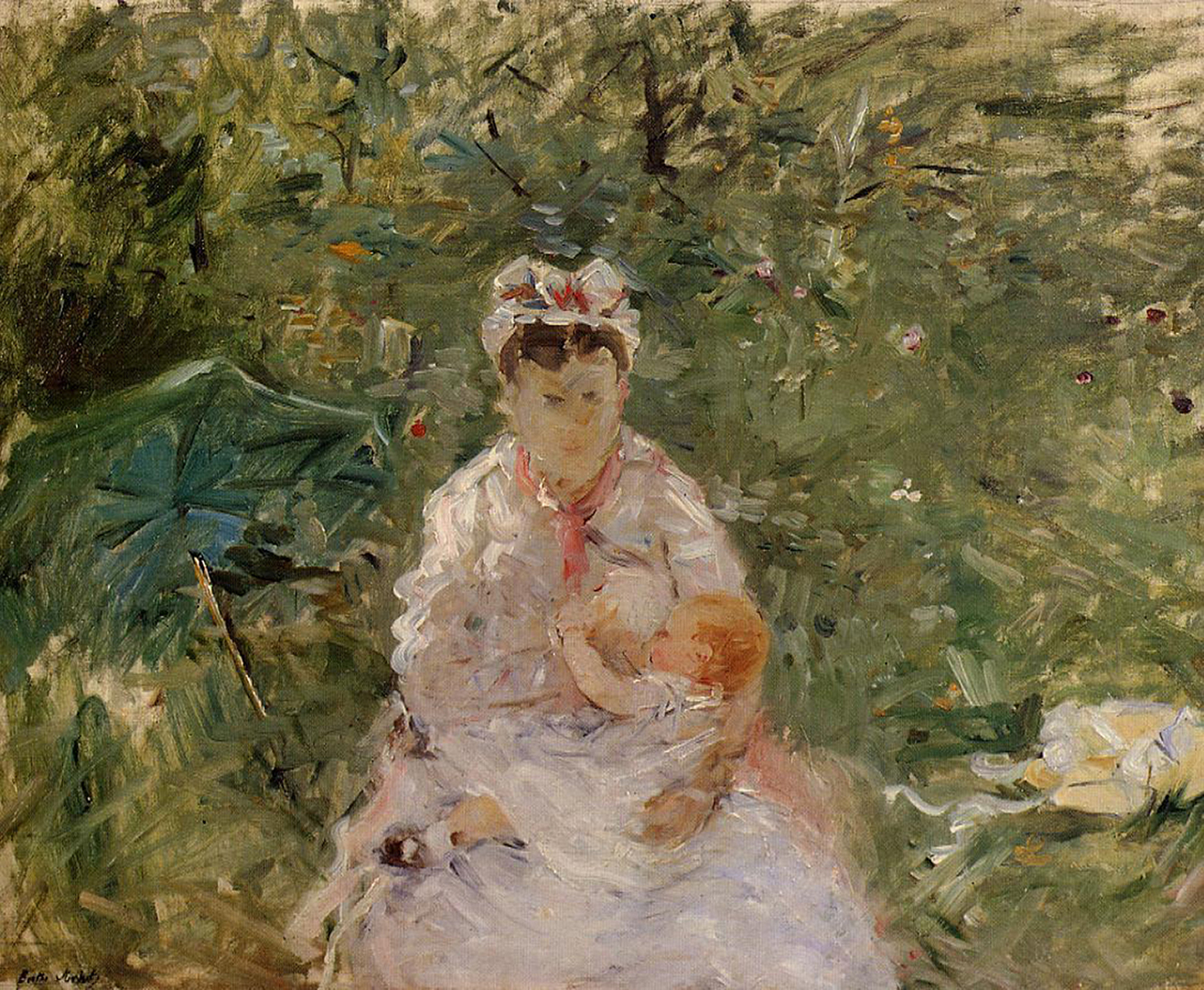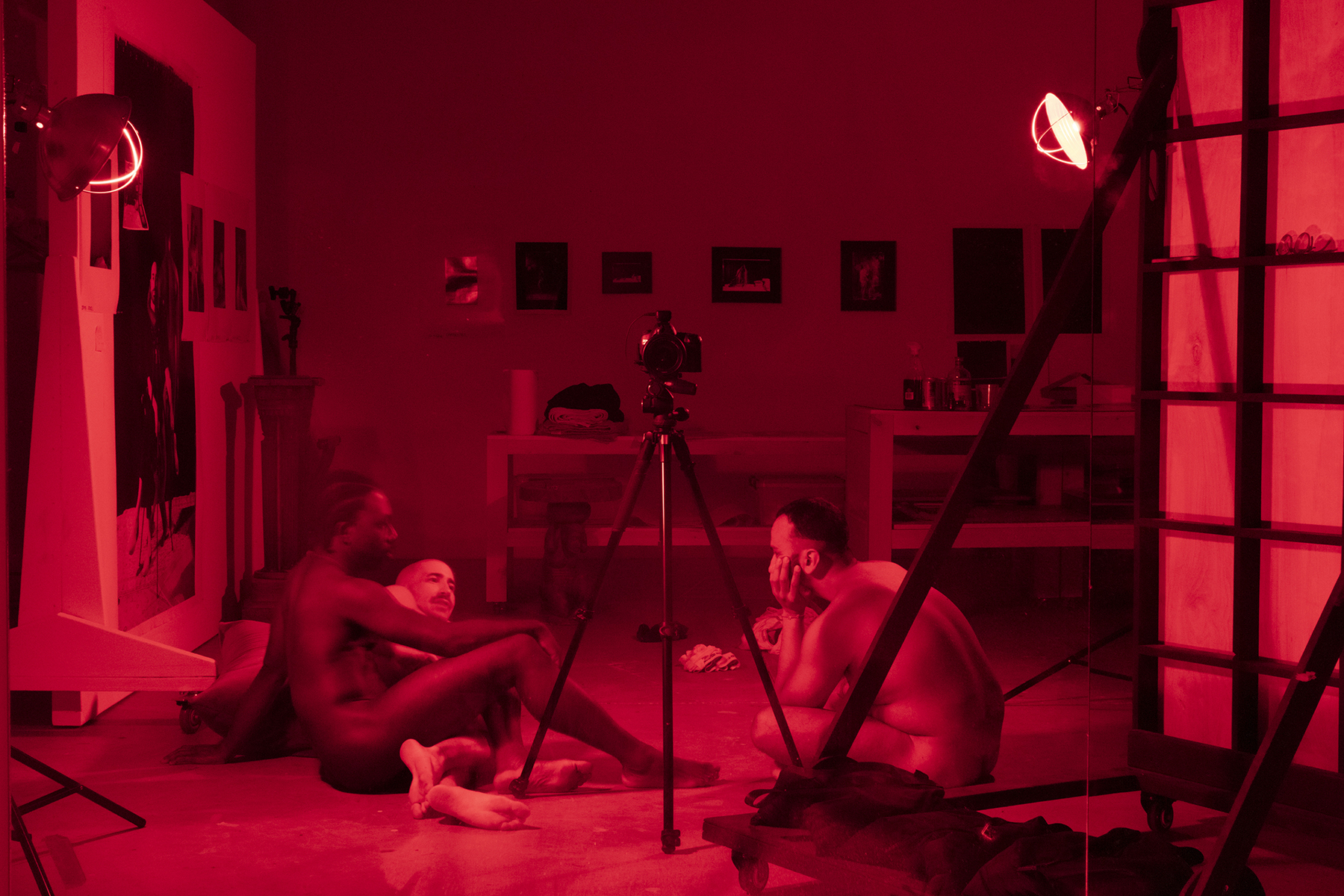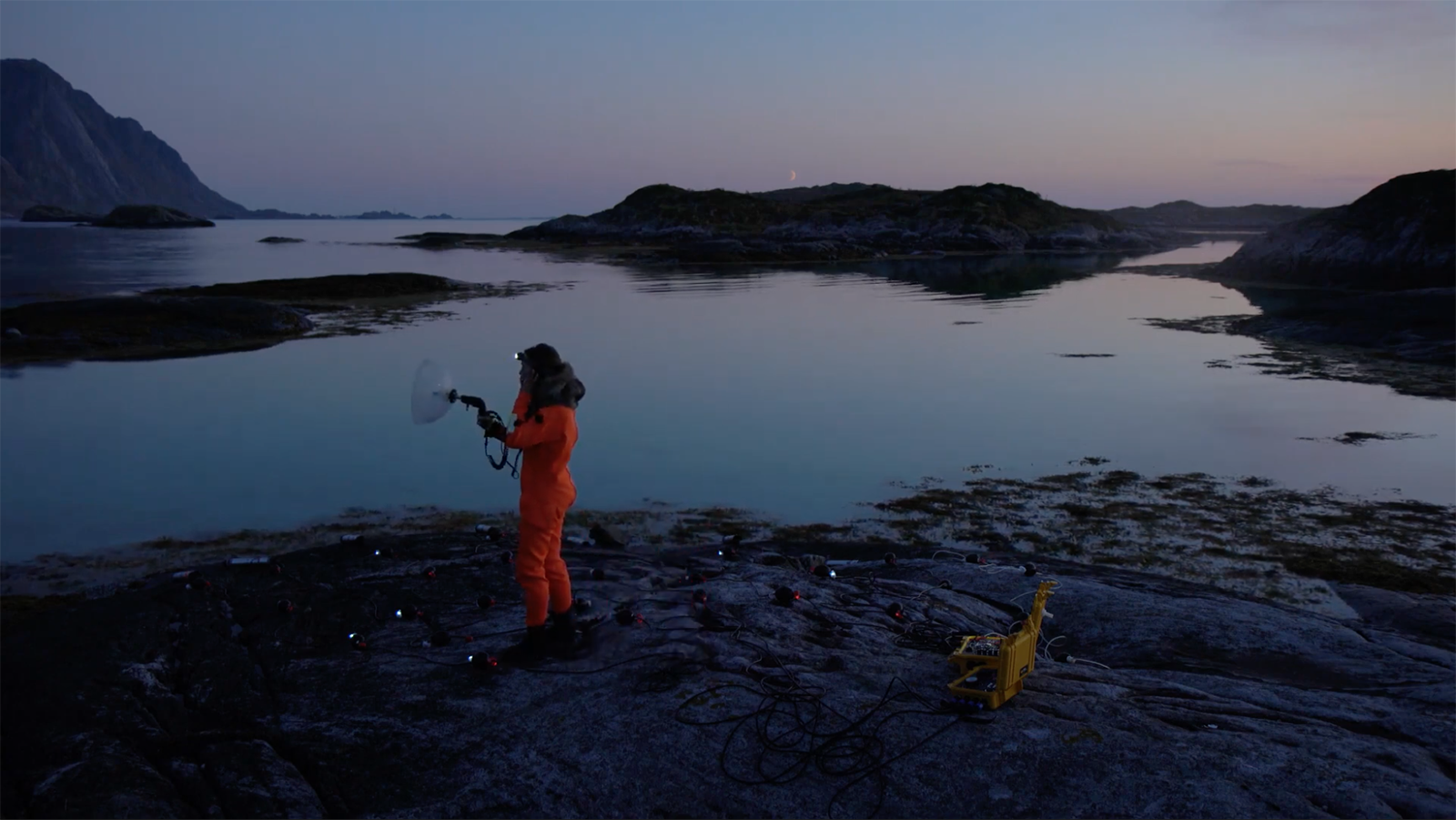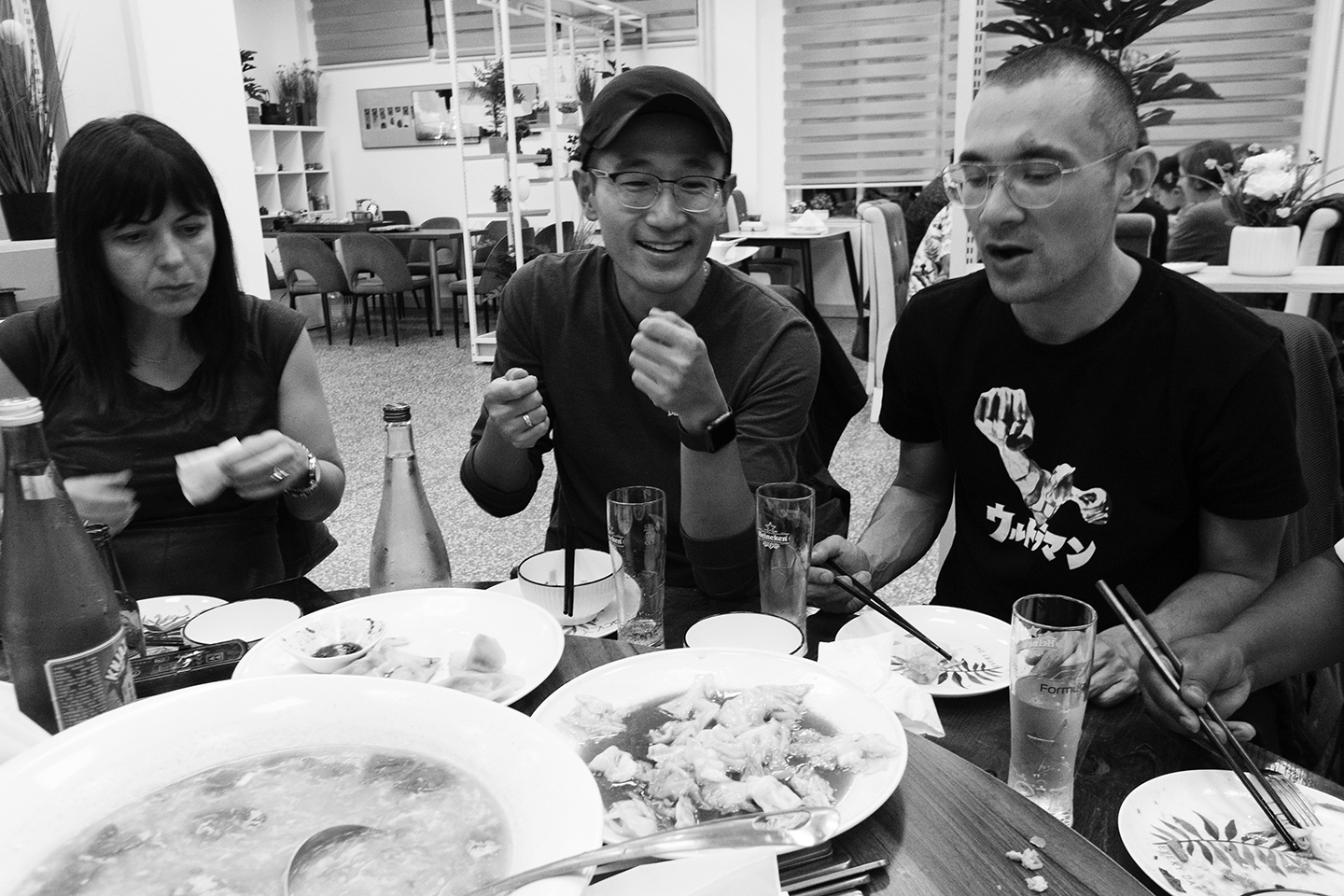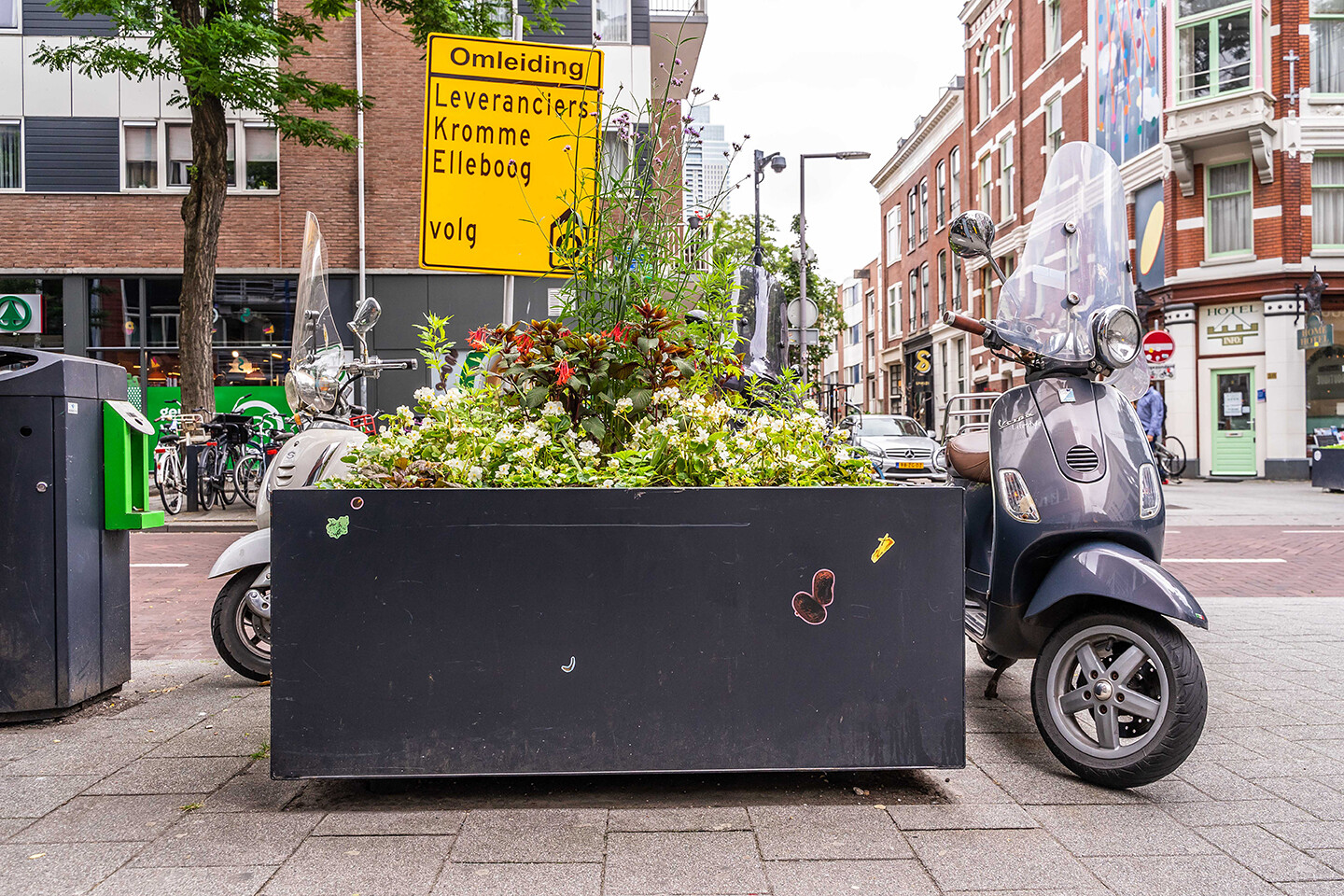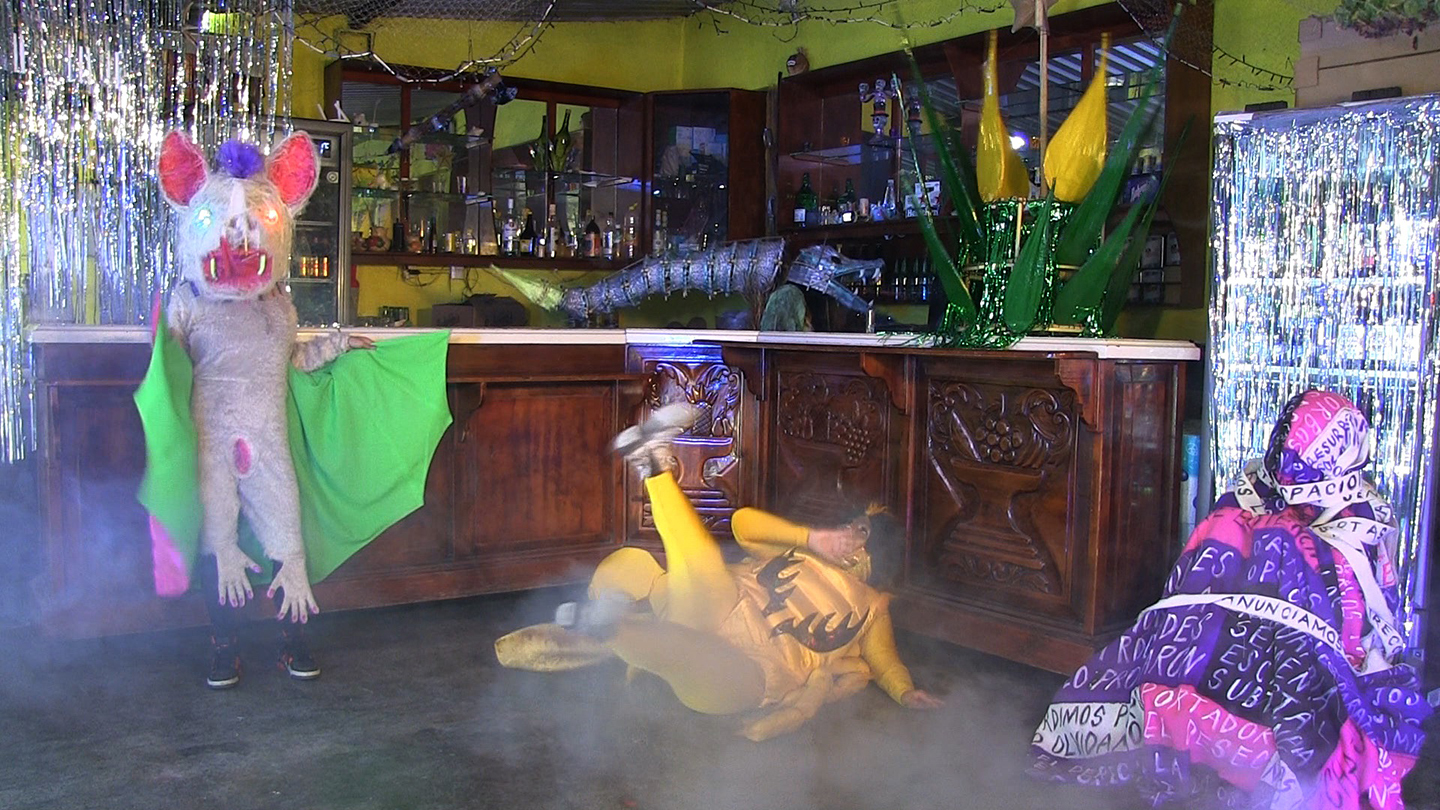Field Notes: Kyrgyz, Uzbek, and Kazakh Pavilions, 59th Venice Biennale
by Taisia Kuchinskaia
For the 59th Venice Biennale, Kyrgyzstan, Uzbekistan, and Kazakhstan have mounted exhibitions in their own national pavilions for the first time. Since their independence after the collapse of the Soviet Union in 1991, these nations have been searching for their own identities in global geopolitics and exploring their own cultural heritages in the contemporary art scene. During the twentieth century, national cultural codes of the Soviet republics were reconstructed by authorities into artificial images of Soviet identity that promoted Communist ideals, and in a demonstration of the legacy of these nations’ shared colonial history, between 1991 and 2005, Kyrgyzstan, Uzbekistan, and Kazakhstan exhibited collectively in the Central Asian Pavilion. But now, in three different exhibitions in Venice, works by artists and collectives dwell on distinct Kyrgyz, Uzbek, and Kazakh national identities, which were suppressed during Soviet colonization, in displays of cultural self-determination that also call into question the very idea of national representation, with varying degrees of success and through different artistic strategies.
“Gates of Turan,” Firouz FarmanFarmaian’s exhibition at the Kyrgyz Pavilion, curated by Janet Rady, reflects on the ancient nomadic culture of the region and aims at creating “a portal for communication with the future within the ancestral.” The Persian word “turan” refers to “the land of the Tur,” a historic region that includes the territories of modern Kyrgyzstan, Uzbekistan, Kazakhstan, Tajikistan, Turkmenistan, and parts of Afghanistan and Pakistan. However, instead of considering the current relations between these countries, FarmanFarmaian’s project takes a historical perspective to examine the roots of local Kyrgyz culture in the nation’s Turanian past. Viewers first encounter the exhibition in a corridor lined with local handcrafted shirdak and ala-kiiz textiles that symbolize the allied tribes of Central Asia, and these tapestries also connect with the Kyrgyz national epic of Manas, a legend tells of the hero’s fight for his tribe’s independence. The exhibition ends in a tünduk, a traditional Kyrgyz yurt with a central copula that, to quote the exhibition statement, “figures as Kyrgyzstan’s national emblem.” In deploying these materials and narratives, the Kyrgyz Pavilion promotes a kind of exoticized image of the Kyrgyz Republic, arguably resembling an exhibition in a history museum. In an oversight, “Gates of Turan” does not quite activate these objects and narratives nor speculate on how these symbols from the past might relate to Kyrgyzstan’s present and future, such as, for instance, by considering the role of ancient crafts in the development of modern Kyrgyz culture. A more compelling and complex exhibition might have instead focused on the female-led Kyrgyz craft collective Altyn Kol Handicraft Cooperative, which collaborated with FarmanFarmaian on the textiles. The selective representation of an artificially-constructed cultural heritage in the Kyrgyz Pavilion produces and maintains a new monolithic image of Kyrgyz national identity and ironically corresponds with the Soviet practice of essentializing local cultures.
Read more of Taisia Kuchinskaia’s Field Notes review on Art & Education.
Field Notes is a series of reviews from the next generation of art writers. Featuring texts on the 59th Venice Biennale and Documenta 15 contributed by students and recent graduates, Field Notes makes original connections between the work and the world and takes a closer look at what other observers might have missed.
